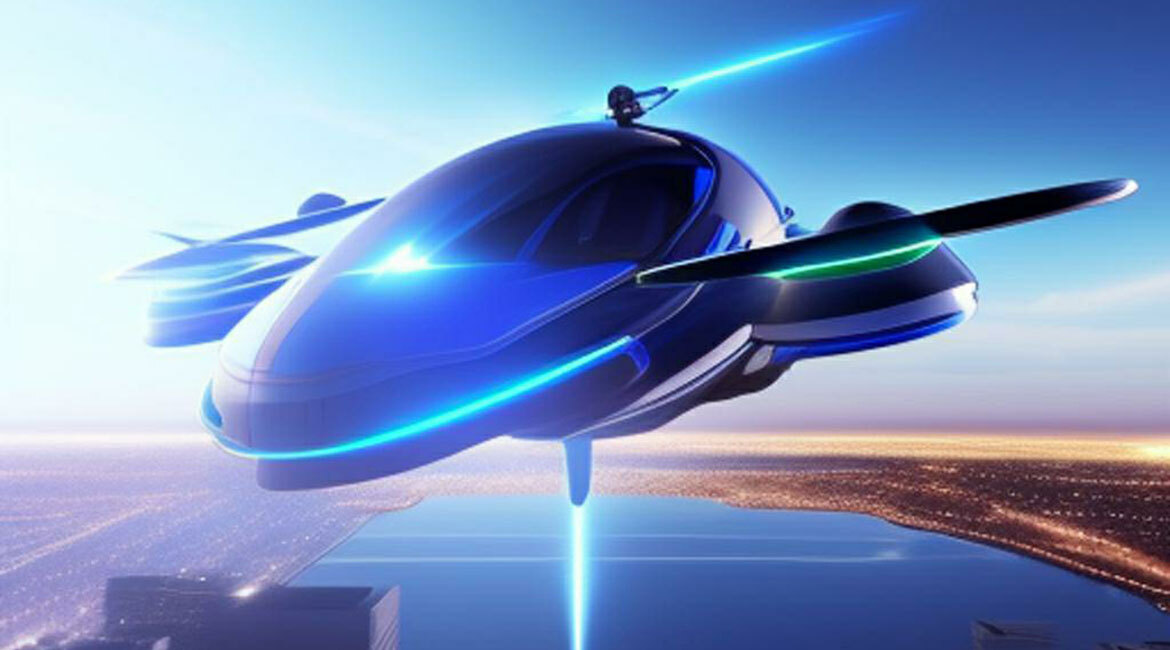Taking Internet of Things Technologies a Step Further

@Lockman Sboui. Droits d’auteur.
The Internet of Things (IoT) is increasingly part of our lives, but its possibilities are only just emerging. In our laboratories, we are working on developing other IoT applications in sectors as varied as they are critical, such as agriculture, transport and rescue.
The IoT technologies we are working on all require sensors transmitting data via Wi-Fi, mobile networks and satellite. These data are processed to extract the desired information and then sent to an artificial intelligence system, which then becomes a decision-making tool. Here, we present some innovative projects we are working on that integrate the Internet of Things.
Optimizing Crop Yields
In collaboration with crop advisers, we proposed the digital twin of a crop field. Drones fly over the field and capture images of the plants, which are then processed to provide input data for mathematical models. Once trained, these models make projections of performance under certain conditions. The digital twin can then suggest the best time to spray pesticides or water on the area, and the optimum quantities needed to increase yields.
Optimizing Snow Removal
Using images from City of Montreal cameras, we assessed snow accumulation on roads in real time. Then, using the same images, we estimated the traffic on each road to establish the most efficient routing for snowplows.

Building Tomorrow’s Mobility
In the future, flying taxis—highly automated aircraft—are expected to contribute to urban mobility. These vehicles will need to communicate with each other and with their environment. However, they will no longer have access to mobile networks once they reach altitudes of 100 or 200 m. Therefore, we proposed a communication protocol where satellites would take over.
Optimizing Building Management and More
We applied the digital twin approach to optimize energy consumption in intelligent buildings. This approach is also very well suited to industrial environments. We designed a warehouse where the number and trajectories of robots moving products are optimized.

We are also working on a video surveillance application for isolated locations, i.e., without mobile coverage. To minimize data bandwidth sent to satellites, images are preprocessed and analyzed locally in order to send only useful information in text form to a satellite (“front door intrusion”).
We are also working on communication protocols to compensate for cut-offs of normal communications when disaster strikes. In our proposal, drones are used as signal pick-up relays for satellites.
An Evolving Technology
With its many possible configurations, the Internet of Things offers endless applications, which we are only just beginning to explore. These applications will facilitate and improve our daily lives in each community.



